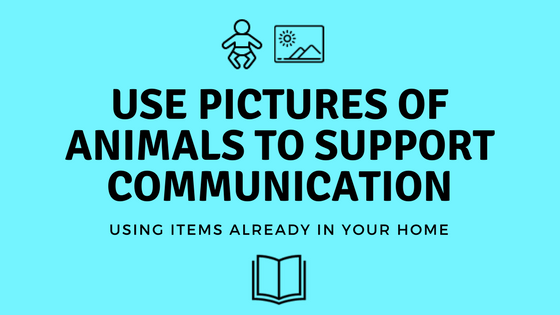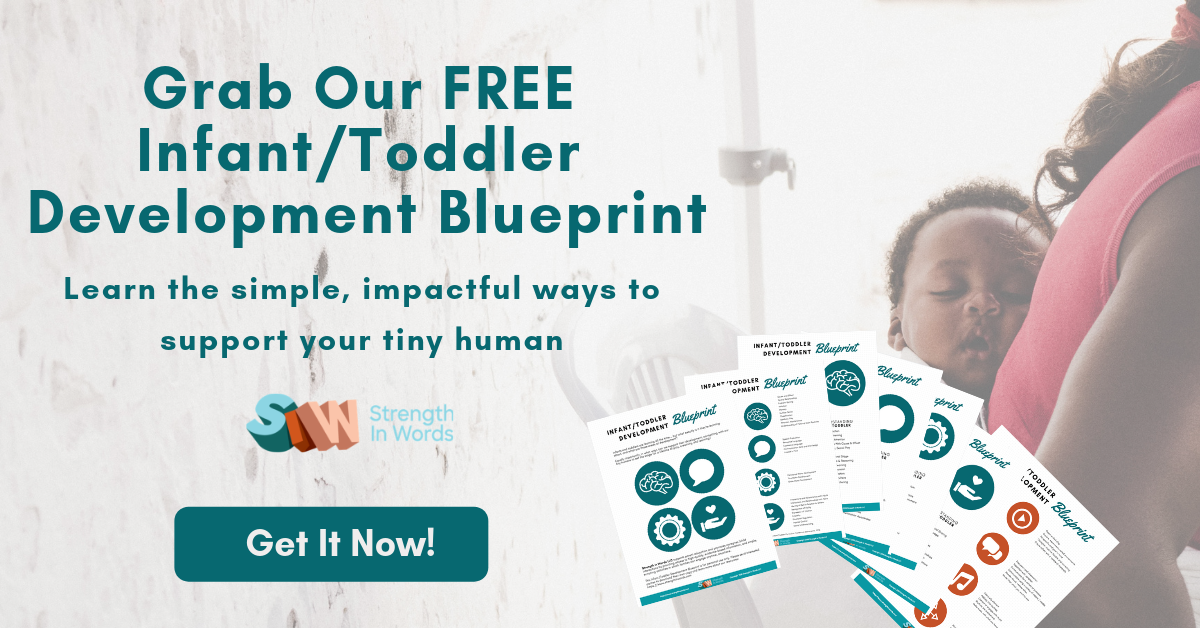Allowing our young children the opportunity to make a choice allows them to communicate, and also allows them to feel a sense of empowerment.
During the corresponding podcast, “Routines & Rituals,” I talked a bit about using visuals to aid in choice-making opportunities.
In the podcast episode, I sang a familiar song to many, Old MacDonald… but I suggested you change the way you present that musical experience to your child.
Using photos, stuffed animals, animal figurines, peg puzzle pieces, or puppets, offer your baby a choice between two animals at a time by holding them up in front of her face.
Based on her gaze (it might linger on one for longer), or her gesture (she might reach, grab, swat at, or move toward one), reinforce what she communicates to you by singing about that animal!
In the corresponding podcast episode, I lead the song and provide some ideas for what you might say when you do this at home.
To make your own animal images, here are some ideas:
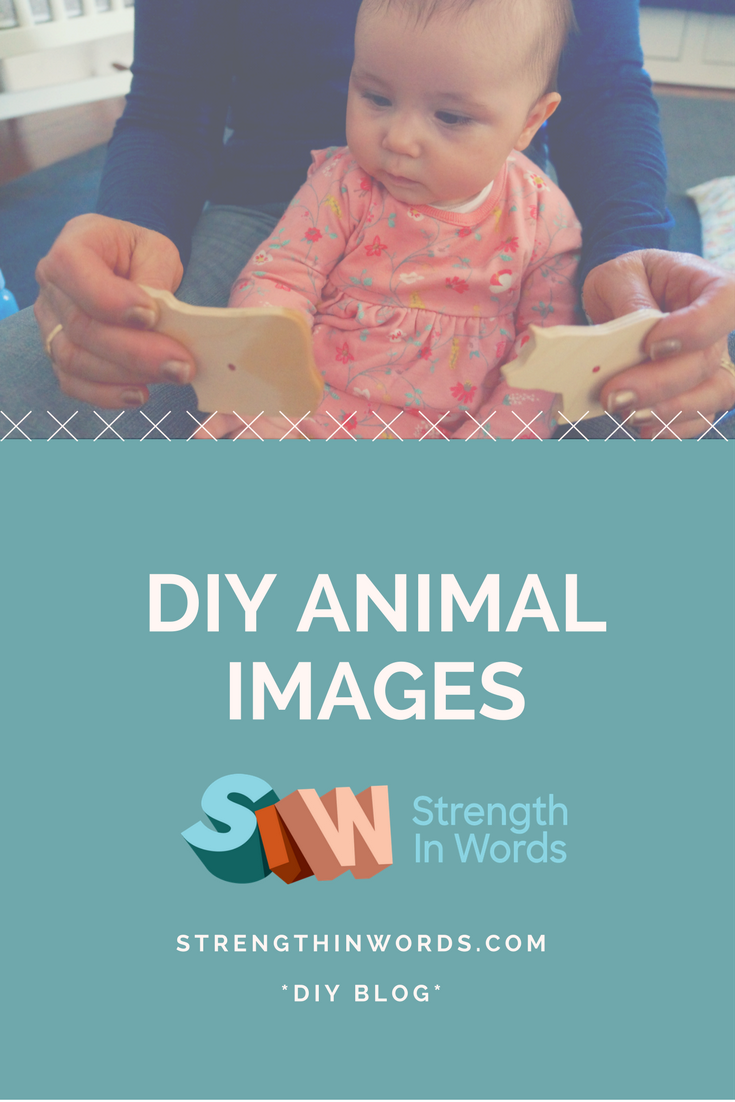
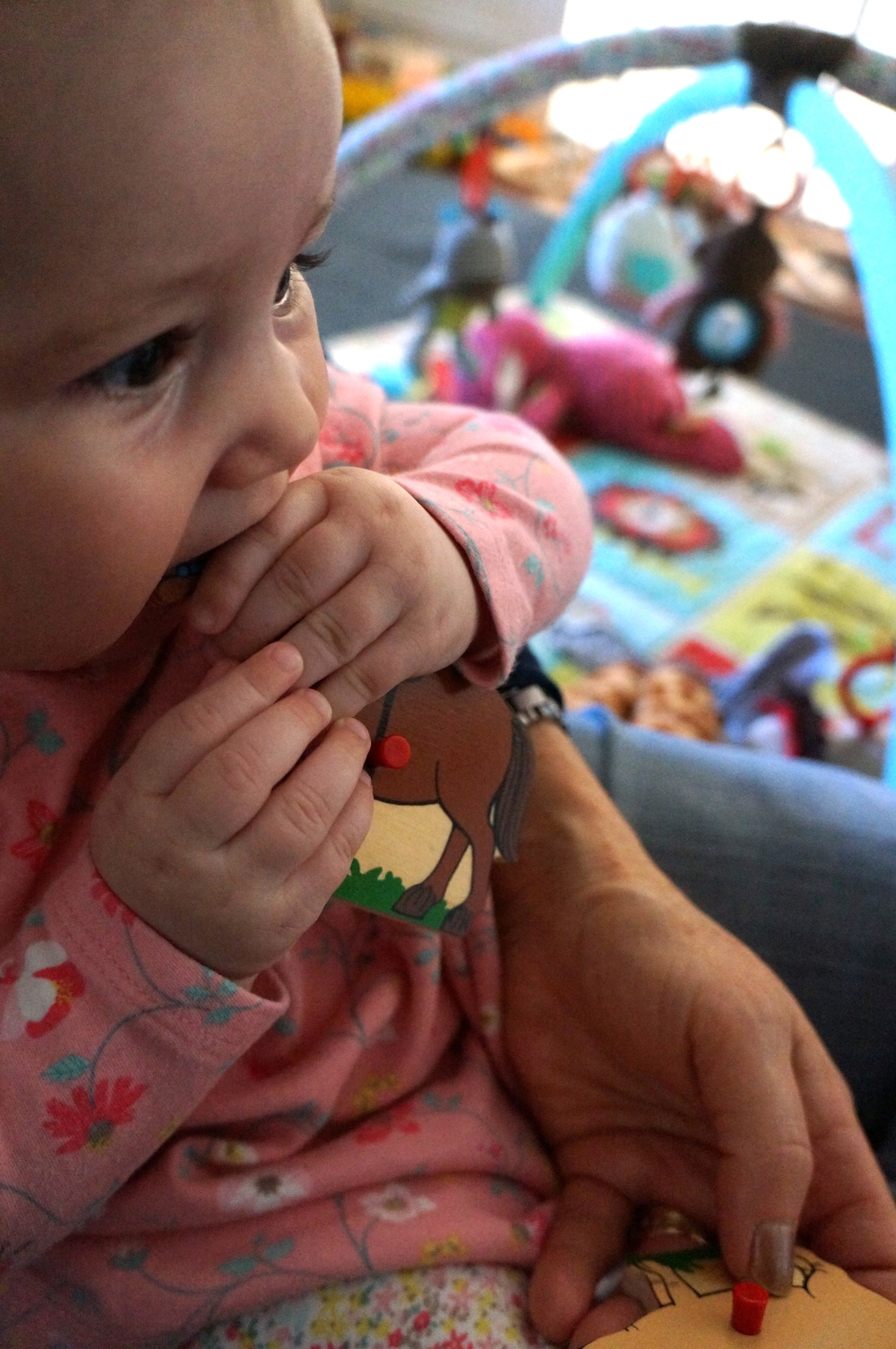
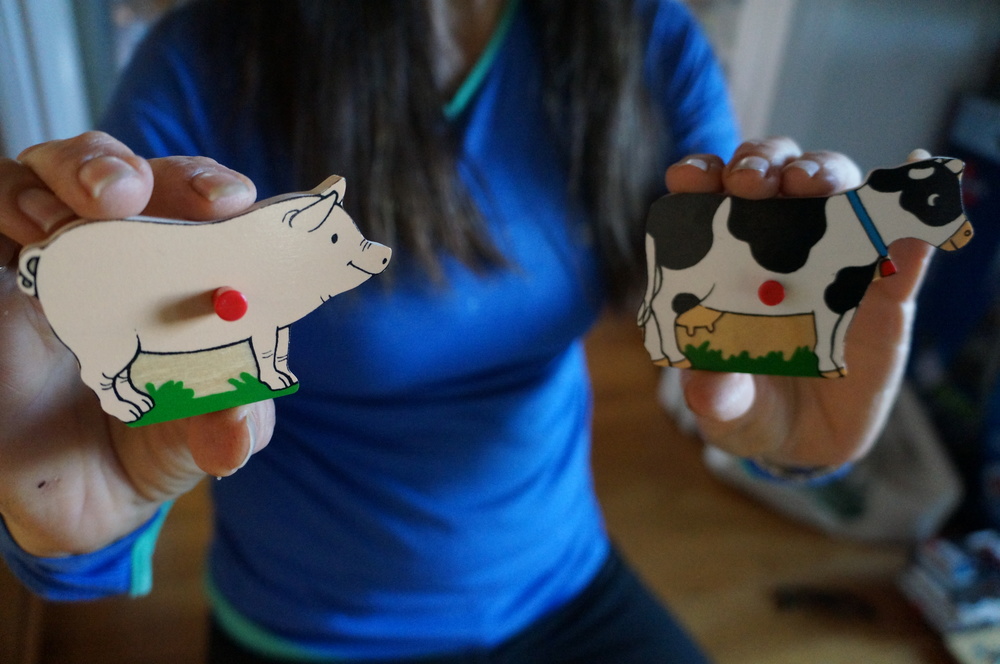
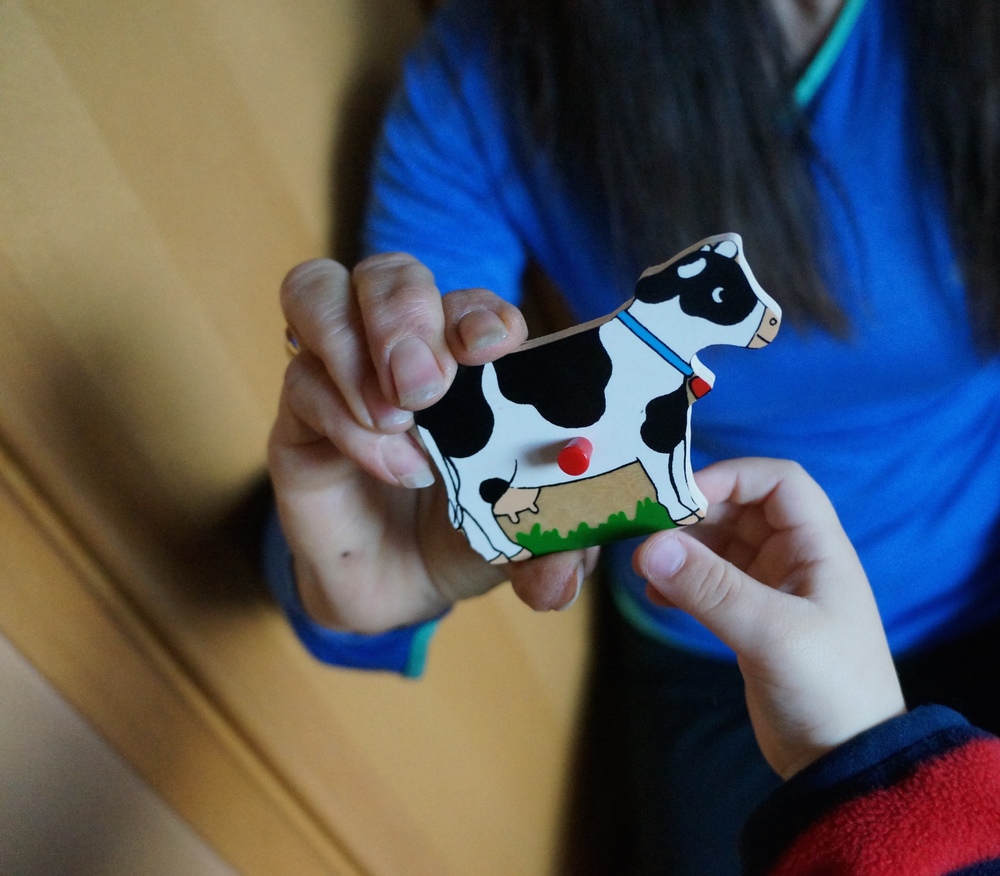
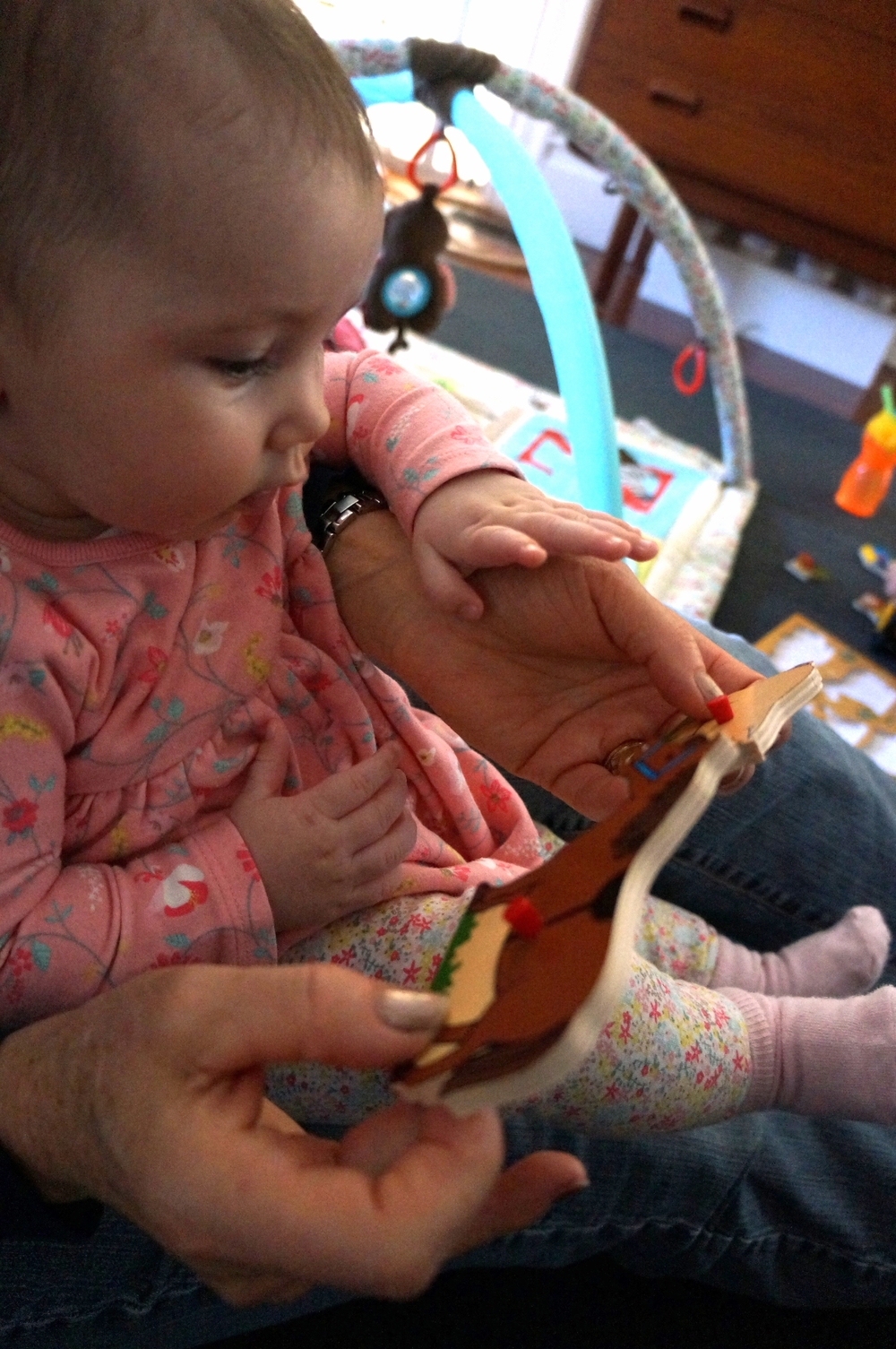
Don't Miss our Corresponding Podcast Episode!

Materials to create your own DIY animal images:
- A search engine and printer, OR old magazines/catalogues/books/wrapping paper you’re willing to cut up OR pre-made images such as those found below – ensure that your baby can really see the image (should be at least 2 or 3 inches for young babies)
- Protective sheet protectors or more durable reinforcement (cardstock or individually sized cardboard from an old box + tape)
- ALTERNATIVELY, use puzzle pieces! Peg puzzles such as the one below are often a good size, very clear graphics and easy for your baby to grasp (and safe to mouth)
Instructions to create your own DIY animal images:
- Find the images you desire and print or cut them out, as the case may be.
- Affix them to the reinforced surface that works best for you!
- When you offer them, hold them up two at a time for your baby, far enough apart that you can see your baby distinctly looking at each one and close enough for your baby to be able to move toward / reach either one.
- Based on her gaze (it might linger on one for longer), or her gesture (she might reach, grab, swat at, or move toward one), reinforce what she communicates to you by singing about that animal!
Ages
- From around 4 months old, babies typically develop “binocular vision,” allowing their eyes to work together and see farther than the previous 12-14 inches. Around this time, fine motor control and dexterity in the hands also tends to develop enough to allow Baby to reach and grasp (and mouth!).
This post contains affiliate links. All activities described by Learn With Less assume close supervision of the child by an adult.
